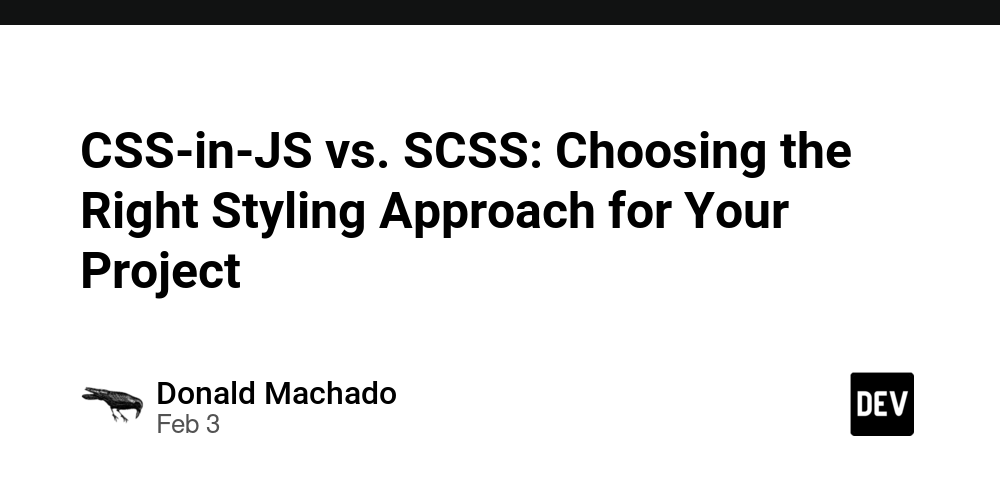CSS-in-JS vs. SCSS: Choosing the Right Styling Approach for Your Project
When it comes to styling modern web applications, developers are often caught in a battle between two popular approaches: CSS-in-JS and SCSS. Each has its strengths, and the choice ultimately depends on your project’s needs, team preferences, and the complexity of the styles. Let’s dive into both and explore when one might be the better option for your front-end project.
CSS-in-JS: Benefits and Use Cases
CSS-in-JS, as the name suggests, involves writing your styles directly inside your JavaScript files, often using libraries like styled-components or Emotion. This approach has gained popularity with React and other modern JavaScript frameworks due to its tight integration with the component-based architecture.
Pros:
- Scoped styles: CSS is scoped to the component, eliminating global styles and reducing the chance of conflicts.
- Dynamic styling: Easily modify styles based on props or component state, which is especially useful for highly interactive UIs.
- Better maintainability: Styles live with the components, leading to better maintainability in large-scale applications.
Cons:
- Performance concerns: Inline styles can increase the initial load time, though libraries often optimize this with techniques like critical CSS extraction.
- Learning curve: For teams unfamiliar with CSS-in-JS, there’s an added overhead of understanding the syntax and tooling.
SCSS: Benefits and Use Cases
SCSS (Sassy CSS) is an extension of CSS that brings powerful features like variables, nesting, and mixins. It remains one of the most popular choices for traditional styling in larger, less JavaScript-heavy applications.
Pros:
- Familiarity: SCSS is widely used and familiar to most developers, making it easy to onboard new team members.
- Advanced features: SCSS gives you powerful tools like nesting, inheritance, and functions that improve your styling workflow.
- Performance: SCSS compiles into standard CSS, making it highly performant with no runtime overhead.
Cons:
- Global scope issues: Unless you’re careful with naming conventions, SCSS can lead to global style conflicts.
- Less dynamic: While you can use mixins to add some dynamic behavior, SCSS doesn’t support direct manipulation of styles based on application state like CSS-in-JS.
When to Use Each
- CSS-in-JS shines in dynamic, component-driven apps where you need scoped, state-dependent styling (think React or Next.js).
- SCSS is ideal for traditional, large-scale projects where consistency and performance are key, and styles don’t change as often based on user interaction.
Ultimately, both approaches are valid, and the choice boils down to your project’s needs. Consider your application’s scale, complexity, and how closely your styles need to be tied to JavaScript logic. By weighing these factors, you’ll be well on your way to choosing the right approach for your next project.

